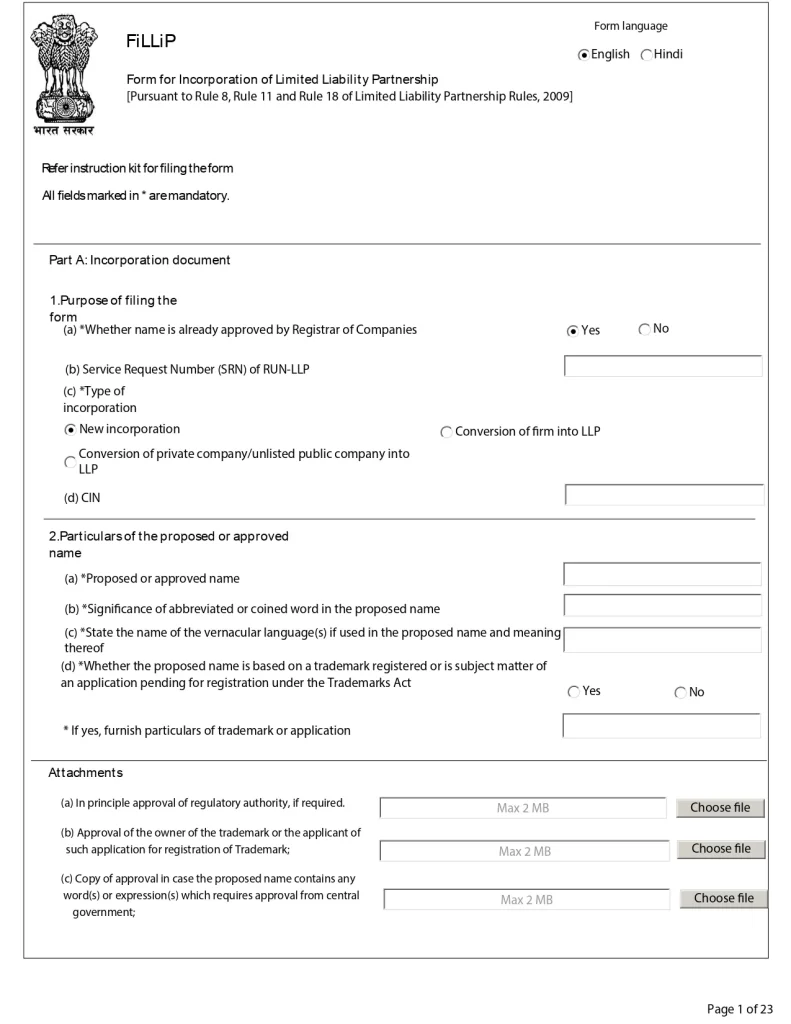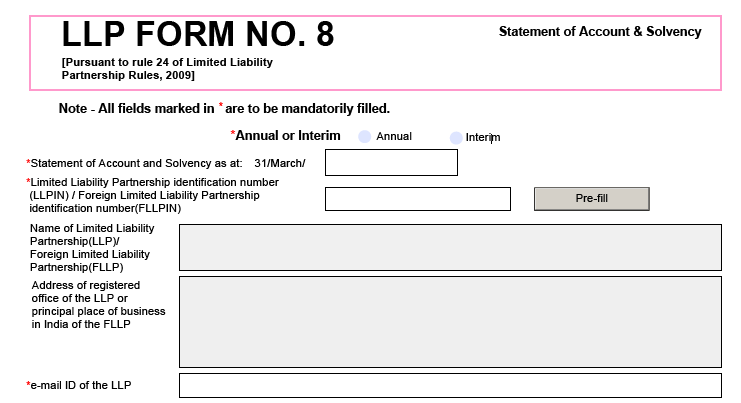LLP Agreement
A Limited Liability Partnership Agreement serves as a pivotal contract binding two or more individuals or entities in the joint ownership of a Limited Liability Partnership (LLP). This legally binding document delineates the mutual rights and obligations of partners, crucially outlining the framework for their collaborative endeavors. While the LLP maintains its distinct legal identity […]






